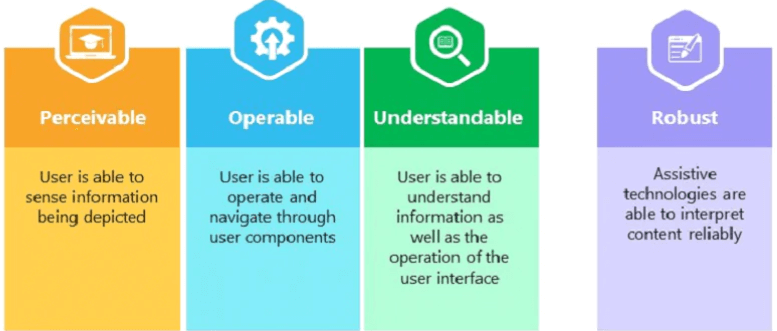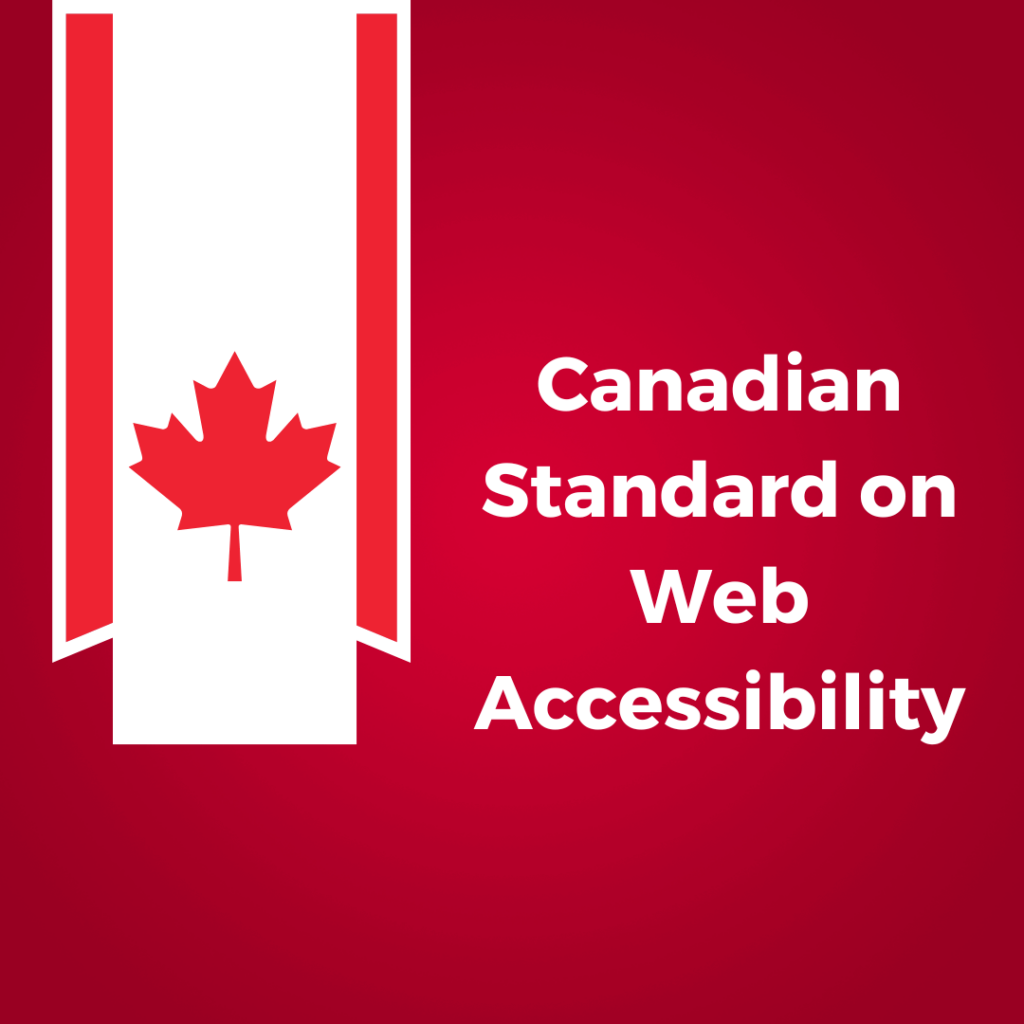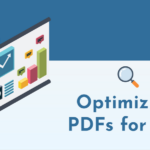Canada commits to an inclusive society for all. The country has enacted a series of Canadian Accessibility Laws to ensure people with disabilities have equal access to services.
These laws aim to remove barriers that prevent individuals with disabilities from participating fully in all aspects of society. The Canadian Accessibility Laws address the unique needs of people with disabilities. The sectors in focus include those related to communication, transportation, and employment. By ensuring that businesses are accessible to everyone, Canada is taking steps to create a more inclusive and equitable society.
Canadian Accessibility Laws Gear towards Accessible Society
The Canadian Accessibility Laws apply to all sectors, including government, private businesses, and non-profit organizations. These laws require that businesses and organizations provide accessible goods, services, and facilities to all individuals, including those with disabilities.
Additionally, these laws mandate that all new buildings and renovations meet specific accessibility standards. By implementing these standards, Canada is working to ensure individuals with disabilities can participate fully in all aspects of society. Through the Canadian Accessibility Laws, Canada is leading the way in creating a more inclusive and accessible society for all.
Canada Strides Towards Digital Accessibility
22% of Canadians over 15 have at least one handicap that restricts their ability to perform daily activities. That is 6.2 million Canadians who face barriers every day, from physical barriers to inaccessible websites and web content.
Canada’s recent strides towards a more accessible country have produced a number of new accessibility regulations. The efforts are led by the Honorable Carla Qualtrough, Minister of Public Services and Procurement and Accessibility.
The recent laws go beyond just discouraging both public and private organizations against discrimination. The Canadian Accessibility Laws removes barriers to any possible challenges to accessibility.
These standards strive to create equitable, barrier-free access to communities, workplaces, and services for people with disabilities. Some Canadian provinces and cities have adopted or adapted national standards or implemented their measures.
What Are Web Accessibility Standards?

Typically, web accessibility standards are based on four fundamental principles. According to these standards, a website should be:
- Perceivable: Information available on the site must be easy to understand
- Operable: Users should be able to use various assistive technologies on the website
- Understandable: The content should be predictable and easy to understand
- Robust: A website and its content should be accessible from various devices and browsers
Canadian Standard on Web Accessibility

The Standard requires all Canadian government websites and web applications to conform to WCAG 2.0 Level AA. It effects on August 1, 2011, and last update on March 31, 2013.
Its objective is to ensure a high level of web accessibility across all Government of Canada websites and web applications.
Websites include:
- That are public-facing (i.e., available to individuals and businesses outside of the Government of Canada);
- For which the government department is accountable; and
- That are provided through websites and web applications owned and managed by the Canadian government.
Exceptions are:
- Web content that a Canadian government department is not accountable for;
- Archive Web pages on the Web; and
- Video content provided exclusively for reuse by media for broadcast purposes.
National Canadian Accessibility Laws
Accessible Canada Act (Bill C-81)

In June 2018, Kirsty Duncan, the Minister of Science and Sport and Persons with Disabilities, proposed the Accessible Canada Act. This Bill aims for a barrier-free Canada as part of Prime Minister Justin Trudeau’s mandate. He proposed to develop federal legislation that ensures greater inclusion of Canadians with disabilities.
The House of Commons and Senate of Canada unanimously passed the Accessible Canada Act (ACA) in 2019. It became law after receiving Royal Assent in the same year.
One of the purposes of the act is to prevent accessibility barriers in information and communication technologies. This includes all digital content and the technologies used to access it. Requirements of this act, including web accessibility, will likely follow WCAG. Organizations under federal jurisdiction must comply, or face a fine of up to $250,000.
Sectors that have to comply with ACA
The Accessible Canada Act (Bill C-81) affects Canada’s federal public sector, Crown Corporations, and all federally regulated organizations.
It is the first national legislation that applies to federal and private sector organizations under federal jurisdiction, like banking, transportation. The ACA specifically requires that organizations remove barriers in several areas of society. These include employment, IT and communication technology, transportation to name a few.
The newly-assembled Canadian Accessibility Standards Development Organization (CASDO) will decide on specific requirements for exactly how organizations should remove barriers. For now, organizations have flexibility in how they comply with the ACA. Essentially, every person their organization serves has equal options and opportunities. Any laws or regulations impacting people with disabilities must include people with disabilities and their needs in their creation.
Organizations can decide for themselves how they will implement these requirements. The ultimate goal is for Canada to be fully accessible by 2040.
Why Is ACA Important for Canadian Digital Businesses?
The Web and the Internet are increasingly essential resources in many aspects of our life. They influence education, jobs, government, commerce, healthcare, recreation, and more. The Web must be accessible to everyone to provide equal access and opportunity to people with disabilities. An accessible Web enables people with disabilities to participate actively in society.
According to the 2017 Canadian Survey on Disability (CSD), 6.2 million Canadians have a certain disability. We know little about their day-to-day accessibility challenges. When a website is not accessible, you deprive them of the services or products offered by the business.
The ACA requires federal and provincial businesses in the public and private sectors to make their properties accessible. The ACA lays out strong powers for authorities to prosecute violators. Penalties for disability-based discrimination are expensive and lead to irreparable damage to a business’s reputation.
Provincial Canadian Accessibility Laws
Accessibility for Ontarians with Disabilities Act

In 2005, the Accessibility for Ontarians with Disabilities Act (AODA) became law. It makes Ontario the first in Canada to enact accessibility legislation of this scope. The AODA is based on the 2001 Ontarians with Disabilities Act. It mandates a set of standards that public, private, and non-profit organizations must comply with. The aim of the act is to create a barrier-free Ontario by 2025.
This provincial legislation affects public, private, and non-profit organizations in Ontario. The AODA applies accessibility requirements to five separate areas. They are customer service, employment, information and communications, transportation, and design of public spaces.
AODA Deadline
All public, private and non-profit organizations must comply with WCAG 2.0 Level AA by January 1, 2021. Failure to comply could result in fines of up to $100,000 for corporations or $50,000 for individuals or unincorporated organizations. Failure to comply could also damage an organization’s public image.
In an effort to truly adopt a cultural shift towards accessibility, the AODA requires staff to train on accessibility. This goes beyond merely requiring that organizations produce accessible products and services.
Trained staff members are able to spend their time actively making their workplace, products, and services accessible. Without training, employees flounder trying to find accessibility solutions, wasting valuable productivity and frequently failing to achieve fully usable solutions.
Accessibility for Manitobans Act

The Accessibility for Manitobans Act (AMA) became a provincial accessibility legislation in 2013. The Government of Manitoba is striving to create a more inclusive Manitoba by 2023. The aim is to remove barriers for not just those with disabilities, but all citizens.
The legislation affects public and private sector organizations in Manitoba. It consists of five accessibility standards that focus on key areas of daily life. Among these is the Information and Communications accessibility standard, which addresses barriers to accessing information, including information provided on websites.
Small print size, low color contrast, and language that is not clear are all listed as barriers to accessibility. This standard is currently under development; however, expect that requirements will follow internationally accepted WCAG, like the AODA.
Nova Scotia Accessibility Act

The province of Nova Scotia became the third Canadian province to enact accessibility legislation. The Nova Scotia Accessibility Act was passed in April 2017. The provincial Act aims to make Nova Scotia inclusive and barrier-free by 2030. It restricts barriers to five accessibility standards, including information and communication technologies. This is according to the Government of Nova Scotia’s Accessibility Plan (2018-2021).
The Government’s plan includes the development of a more inclusive website that meets WCAG 2.0 AA requirements. Since the Government is working to ‘lead by example’, organizations should also prepare to meet similar web accessibility requirements.
Nova Scotia’s Accessibility Directorate will work with people with disabilities and organizations that serve them. It will create and implement specific standards that organizations will follow to achieve compliance and accessibility.
The Bill affects organizations and businesses in Nova Scotia. Areas covered include goods and services, information and communications (including websites), transportation, employment, built environment, and education.
The Government of Nova Scotia leads by example to develop and implement specific standards. Between 2018 and 2021 they collaborate with government staff and people with disabilities to raise awareness. The work focusses on accessibility in IT communications, the built environment, employment, and the delivery of goods and services.
The Nova Scotia Accessibility Act provides different requirements and compliance timelines for 12 WCAG accessibility standards. Failure to comply could result in a fine of up to $250,000. The province will also offer grants to web developers and small businesses to help them meet requirements and avoid penalties.
Proposed Provincial Accessibility Laws and Legislation
Accessible British Columbia Act (Bill 6)

In 2021, British Columbia proposed the Accessible British Columbia Act, otherwise known as Bill 6. The act facilitates the implementation of accessibility standards by 2024. The Minister of Social Development and Poverty, Nicholas Simons hopes to have it in place by the end of 2022.
If passed, the legislation will allow the government to establish accessibility standards and regulations in a range of area. Public engagement will remain a priority as the government develops regulations and standards to address disability barriers.
Newfoundland and Labrador
Newfoundland and Labrador is another province that has just begun public consultations with the intent to introduce digital accessibility legislation.
The Accessibility Act was introduced in October 2021, and passed into law in December of 2021. The goal is to allow the Government to outline the principles and goals for an accessible province. The Act will improve accessibility by identifying, preventing and removing barriers that prevent full participation.
The Accessible Communications Policy requires provincial organizations to ensure the availability of accessible public documents. All government publications, news releases, electronic and web-based information are accessible. The policy requires compliance with WCAG 2.0 AA as a minimum requirement. It specifically mentions that you also have to format PDFs for accessibility.
Final Thoughts
Even if your province does not have any accessibility laws, it is a good idea to integrate accessibility. The sooner you start, the more time you’ll have to solve accessibility issues. You can make corrections to your website, and remediate existing digital documents.
Your organization can reach the 6.2 million Canadians with disabilities by working towards accessibility before it becomes a legal requirement. WCAG Guidelines provide a standard to assess your website and other digital resources to get a good start on accessibility. You can audit PDFs to find out the number and location on your website to create an accessibility plan.
Do you need assistance making your website and documents accessible to meet compliance with local laws? Contact us!









